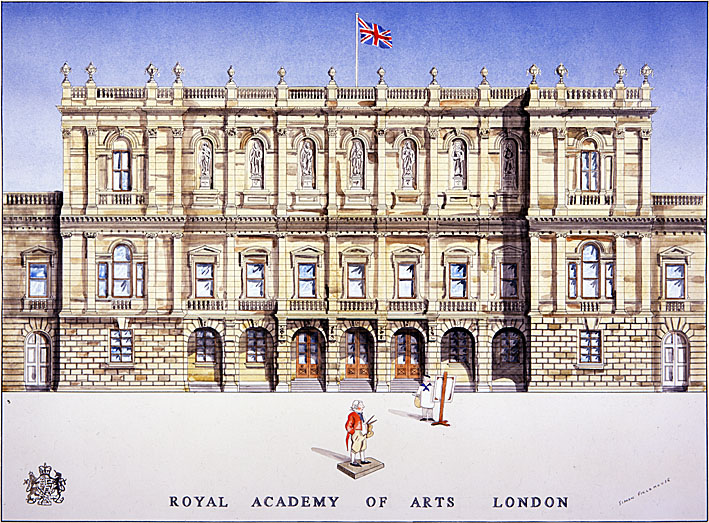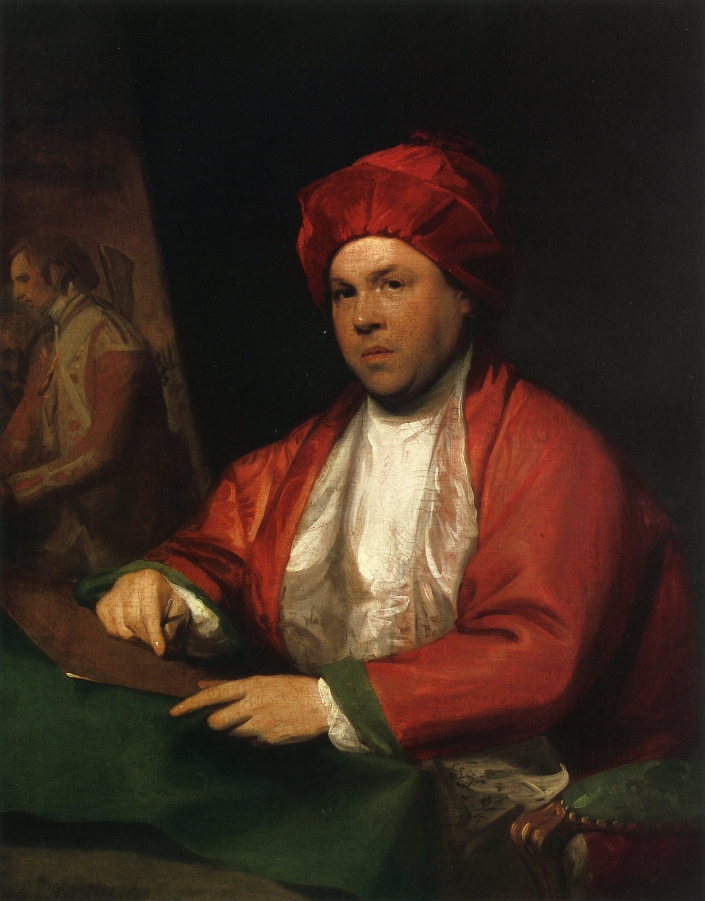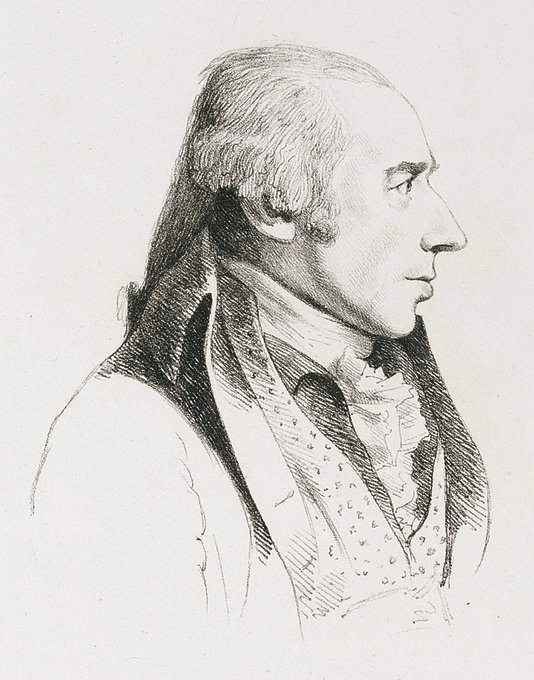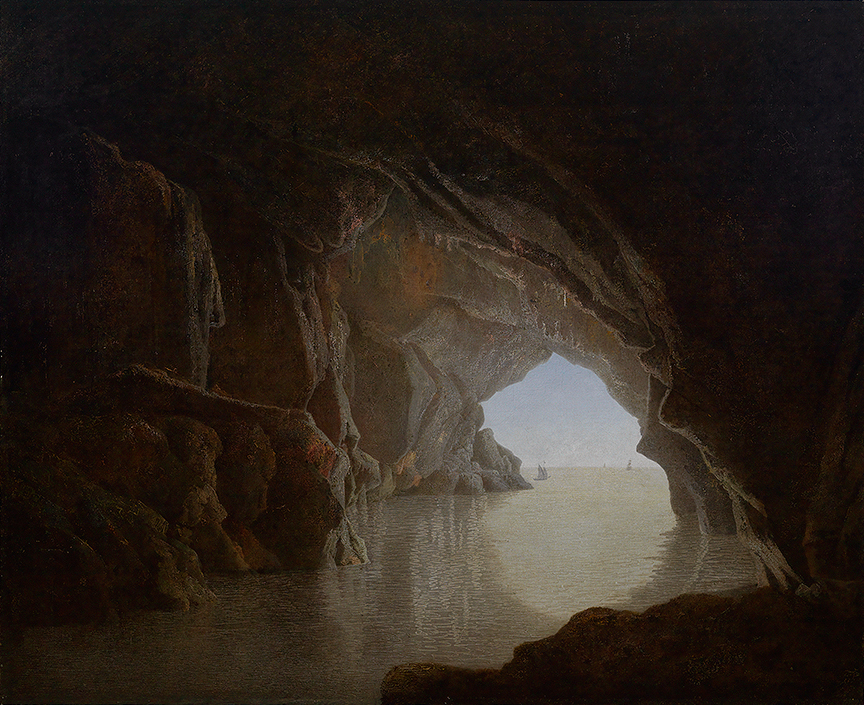|
Samuel Middiman
Samuel Middiman (1750–1831) was an English engraver. Life He first appeared as an exhibitor of landscape drawings at the Incorporated Society of Artists in 1772 and following years, and in 1780 he exhibited drawings at the Royal Academy. He studied engraving under William Byrne, and is also said to have had instruction in this art from William Woollett. He was employed as an engraver by John Boydell for several years. Middiman died in Cirencester Place, London, on 20 December 1831. Works Middiman engraved for Boydell, in the ''Shakespeare Gallery'': * ''As you like it'', act ii. scene 1, after William Hodges; * ''Winter's Tale'', act iii. scene 3, after Joseph Wright of Derby; * '' First Part of Henry IV'', act ii. scene 2, after Robert Smirke, and Joseph Farington; and * ''As you like it'', act ii. scene 1, after John Boydell. Middiman was known for his engraving of landscape, as a follower out by Woollett and others. He did preliminary work for others, as well as many e ... [...More Info...] [...Related Items...] OR: [Wikipedia] [Google] [Baidu] |
Incorporated Society Of Artists
The Society of Artists of Great Britain was founded in London in May 1761 by an association of artists in order to provide a venue for the public exhibition of recent work by living artists, such as was having success in the long-established Paris salons. Leading members seceded from the society in 1768, a move leading directly to the formation of the Royal Academy of Arts. The society was dissolved 1791 after years of decline. History The Society of Artists of Great Britain began in 1760 as a loose association of artists, including Joshua Reynolds and Francis Hayman, who wanted greater control by artists over exhibitions of their work previously organised by William Shipley's Society of Arts (founded in 1754). The new society organised their first exhibition in April 1760 and over one thousand visitors per day attended. The following year they held their second exhibition at Christopher Cock's Auction Rooms in Spring Gardens, Charing Cross, and "In a conspicuous gesture th ... [...More Info...] [...Related Items...] OR: [Wikipedia] [Google] [Baidu] |
Royal Academy
The Royal Academy of Arts (RA) is an art institution based in Burlington House on Piccadilly in London. Founded in 1768, it has a unique position as an independent, privately funded institution led by eminent artists and architects. Its purpose is to promote the creation, enjoyment and appreciation of the visual arts through exhibitions, education and debate. History The origin of the Royal Academy of Arts lies in an attempt in 1755 by members of the Society for the Encouragement of Arts, Manufactures and Commerce, principally the sculptor Henry Cheere, to found an autonomous academy of arts. Prior to this a number of artists were members of the Society for the Encouragement of Arts, Manufactures and Commerce, including Cheere and William Hogarth, or were involved in small-scale private art academies, such as the St Martin's Lane Academy. Although Cheere's attempt failed, the eventual charter, called an 'Instrument', used to establish the Royal Academy of Arts over a dec ... [...More Info...] [...Related Items...] OR: [Wikipedia] [Google] [Baidu] |
William Byrne (engraver)
William Byrne (1743–1805) was a British engraver. Life Byrne was born in London in 1743. After studying some time under his uncle, an artist little known, he went to Paris, where he became a pupil of Aliamet, and afterwards of Wille. As well as making individual plates, he worked with Thomas Hearne on the ''Antiquities of Great Britain'', which they jointly published in 1786. He died in London in 1805 and was buried in Old St. Pancras churchyard. He was the father of Mary, Anne Frances, Letitia, Elizabeth and John Byrne, all artists. Their mother's name is unknown and William married again to Marianne Francotte in 1792. Landscape engraver John Landseer was his pupil. Works His works are considerable; the following are the most deserving of notice: *''Villa Madama'': after R. Wilson ( Society of Arts medal, 1765). *''Antiquities of Britain, VOL.1''; from drawings by Thomas Hearne (1786). *''Antiquities of Britain, VOL.2''; from drawings by Thomas Hearne (1807). *'' ... [...More Info...] [...Related Items...] OR: [Wikipedia] [Google] [Baidu] |
William Woollett
William Woollett (15 August 173523 May 1785) was an English engraver operating in the 18th century. Life Woolett was born in Maidstone, of a family which came originally from the Netherlands. He was apprenticed to John Tinney, an engraver in Fleet Street, London, and studied in the St Martin's Lane academy. His first important plate was from ''The Destruction of the Children of Niobe'' of Richard Wilson, published by Boydell in 1761, which was followed in 1763 by a companion engraving from the "Phaethon" of the same painter. After Benjamin West he engraved his fine plate of the "Battle of La Hogue" (1781), and " The Death of General Wolfe" (1776), which is usually considered Woollett's masterpiece. In 1775 he was appointed engraver-in-ordinary to George III; and he was a member of the Incorporated Society of Artists, of which for several years he acted as secretary. Woollett's plates combined engraving, etching, and dry-point; and were considered highly esteemed example ... [...More Info...] [...Related Items...] OR: [Wikipedia] [Google] [Baidu] |
John Boydell
John Boydell (; 19 January 1720 (New Style) – 12 December 1804) was a British publisher noted for his reproductions of engravings. He helped alter the trade imbalance between Britain and France in engravings and initiated a British tradition in the art form. A former engraver himself, Boydell promoted the interests of artists as well as patrons and as a result his business prospered. The son of a land surveyor, Boydell apprenticed himself to William Henry Toms, an artist he admired, and learned engraving. He established his own business in 1746 and published his first book of engravings around the same time. Boydell did not think much of his own artistic efforts and eventually started buying the works of others, becoming a print dealer as well as an artist. He became a successful importer of French prints during the 1750s but was frustrated by their refusal to trade prints in kind. To spark reciprocal trade, he commissioned William Wollett's spectacular engraving of Richard ... [...More Info...] [...Related Items...] OR: [Wikipedia] [Google] [Baidu] |
Offering Before Capt
Offering may refer to: In religion * A religious offering or sacrifice * Alms, voluntary gifts to others, especially poor people, as an act of virtue * Tithe, the tenth part of something, such as income, paid to a religious organization or government * Offertory, the part of a worship service where gifts are given * Sacred food as offering * Votive offering * Burnt offering Buddhism * Offering (Buddhism) * Sur offering Judaism General article: Korban * Dough offering * Drink offering * Gift offering * Guilt offering * Heave offering * Incense offering * Sin offering * Slaughter offering * Thank offering * Thanksgiving offering * Wave offering Christianity * Offering (Christianity) Roman Catholicism * Morning offering Church of Jesus Christ of Latter-day Saints * Fast offering Finance and business * Alternative public offering, an alternative to an initial public offering * Direct public offering, a method by which a business can offer stock directly to the public * ... [...More Info...] [...Related Items...] OR: [Wikipedia] [Google] [Baidu] |
As You Like It
''As You Like It'' is a pastoral comedy by William Shakespeare believed to have been written in 1599 and first published in the First Folio in 1623. The play's first performance is uncertain, though a performance at Wilton House in 1603 has been suggested as a possibility. ''As You Like It'' follows its heroine Rosalind as she flees persecution in her uncle's court, accompanied by her cousin Celia to find safety and, eventually, love, in the Forest of Arden. In the forest, they encounter a variety of memorable characters, notably the melancholy traveller Jaques, who speaks many of Shakespeare's most famous speeches (such as " All the world's a stage", "too much of a good thing" and "A fool! A fool! I met a fool in the forest"). Jaques provides a sharp contrast to the other characters in the play, always observing and disputing the hardships of life in the country. Historically, critical response has varied, with some critics finding the play a work of great merit and some ... [...More Info...] [...Related Items...] OR: [Wikipedia] [Google] [Baidu] |
William Hodges
William Hodges RA (28 October 1744 – 6 March 1797) was an English painter. He was a member of James Cook's second voyage to the Pacific Ocean and is best known for the sketches and paintings of locations he visited on that voyage, including Table Bay, Tahiti, Easter Island, New Zealand, Dusky Sound and the Antarctic. Biography Hodges was born on 28 October 1744 in London. He studied under William Shipley and afterwards in the studio of Richard Wilson, where he met Thomas Jones. During his early career, he made a living by painting theatrical scenery. Between 1772 and 1775 Hodges accompanied James Cook to the Pacific as the expedition's artist. Some of his expedition paintings have a marked resemblance in terms of epic scope and sweep of the Hudson River School of Art. Many of his sketches and wash paintings were adapted as engravings in the original published edition of Cook's journals from the voyage. Most of the large-scale landscape oil paintings from his Pa ... [...More Info...] [...Related Items...] OR: [Wikipedia] [Google] [Baidu] |
Winter's Tale
''The Winter's Tale'' is a play by William Shakespeare originally published in the First Folio of 1623. Although it was grouped among the comedies, many modern editors have relabelled the play as one of Shakespeare's late romances. Some critics consider it to be one of Shakespeare's "problem plays" because the first three acts are filled with intense psychological drama, while the last two acts are comic and supply a happy ending. The play has been intermittently popular, revived in productions in various forms and adaptations by some of the leading theatre practitioners in Shakespearean performance history, beginning after a long interval with David Garrick in his adaptation ''Florizel and Perdita'' (first performed in 1753 and published in 1756). ''The Winter's Tale'' was revived again in the 19th century, when the fourth "pastoral" act was widely popular. In the second half of the 20th century, ''The Winter's Tale'' in its entirety, and drawn largely from the First Folio t ... [...More Info...] [...Related Items...] OR: [Wikipedia] [Google] [Baidu] |
Joseph Wright Of Derby
Joseph Wright (3 September 1734 – 29 August 1797), styled Joseph Wright of Derby, was an English landscape and portrait painter. He has been acclaimed as "the first professional painter to express the spirit of the Industrial Revolution". Wright is notable for his use of tenebrism, an exaggerated form of the better known chiaroscuro effect, which emphasizes the contrast of light and dark, and for his paintings of candle-lit subjects. His paintings of the birth of science out of alchemy, often based on the meetings of the Lunar Society of Birmingham, a group of scientists and industrialists living in the English Midlands, are a significant record of the struggle of science against religious values in the period known as the Age of Enlightenment. Many of Wright's paintings and drawings are owned by Derby City Council, and are on display at the Derby Museum and Art Gallery. Life Joseph Wright was born in Irongate, Derby, to a respectable family of lawyers. He was the t ... [...More Info...] [...Related Items...] OR: [Wikipedia] [Google] [Baidu] |
First Part Of Henry IV
''Henry IV, Part 1'' (often written as ''1 Henry IV'') is a history play by William Shakespeare, believed to have been written no later than 1597. The play dramatises part of the reign of King Henry IV of England, beginning with the battle at Homildon Hill late in 1402, and ending with King Henry's victory in the Battle of Shrewsbury in mid-1403. In parallel to the political conflict between King Henry and a rebellious faction of nobles, the play depicts the escapades of King Henry's son, Prince Hal (the future King Henry V), and his eventual return to court and favour. ''Henry IV, Part 1'' is the first of Shakespeare's two plays which deal with the reign of Henry IV (the other being '' Henry IV, Part 2''), and the second play in the Henriad, a modern designation for the tetralogy of plays that deal with the successive reigns of Richard II, Henry IV, and Henry V. From its first performance on, it has been an extremely popular work both with the public and critics. Character ... [...More Info...] [...Related Items...] OR: [Wikipedia] [Google] [Baidu] |
Robert Smirke (painter)
Robert Smirke (15 April 1753 – 5 January 1845) was an English painter and illustrator, specialising in small paintings showing subjects taken from literature. He was a member of the Royal Academy. Life Smirke was born at Wigton near Carlisle, the son of a travelling artist. When he was twelve he was apprenticed to a heraldic painter in London, and at the age of twenty began to study at the Royal Academy Schools. In 1775 he became a member of the Incorporated Society of Artists, with which he began to exhibit by sending five works; he showed works there again in 1777 and 1778. In 1786 he exhibited ''Narcissus'' and ''The Lady and Sabrina'' ( a subject from Milton's '' Comus'') at the Royal Academy; these were followed by many works, usually small in size, illustrative of the English poets, especially James Thomson. In 1791 Smirke was elected an associate of the Royal Academy, in which year he exhibited "The Widow". He became a full academician in 1793, when he painted a ... [...More Info...] [...Related Items...] OR: [Wikipedia] [Google] [Baidu] |

.jpg)









_by_Charles_Picart_(1780_-_1837).jpg)